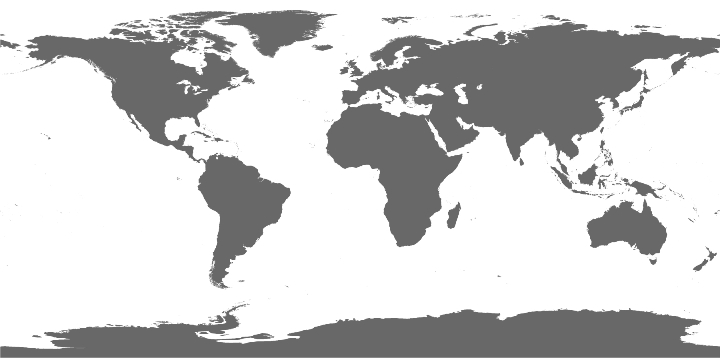Dataset 234
Forest Inventory of a Northern Hardwood Forest: Watershed 6, Hubbard Brook Experimental Forest (Trees >=10cm dbh, 1977-2017)
Realm: Terrestrial
Climate: Temperate
Biome: Temperate broadleaf and mixed forests Central latitude: 43.953460
Central longitude: -71.739560
Duration: 9 years, from 1977 to 2017
Climate: Temperate
Biome: Temperate broadleaf and mixed forests Central latitude: 43.953460
Central longitude: -71.739560
Duration: 9 years, from 1977 to 2017
115 records
15 distinct species
Across the time series Sorbus americana is the most frequently occurring speciesMethods
(this brief description is directly extracted and summarised from https://portal.edirepository.org/nis/metadataviewer?packageid=knb-lter-hbr.239.1). Please see the link above & the links in the citations section for more extensive methods descriptions. Forest inventory surveys were initiated in 1965, repeated in 1977, and repeated at 5 year intervals after that. The inventory consists of a total inventory of all trees >=10 cm diameter-at-breast-height (dbh) on the whole of the watershed (13.23 ha), as measured in 208 25 m x 25 m plots (i.e. 625 sq. Meters/plot). The inventories at each year were carried out in the summer. The data consist of the diameters (dbh) of all the trees >=10 cm dbh, live and dead, in the whole of the watershed. All stems that met the size criteria were measured individually, and in some years it was noted whether a stem was part of a group of stems from the same tree (i.e. multiple stems that split from a single trunk below breast height). In 2002, uniquely numbered aluminum tags were nailed to each stem >10 cm dbh to allow for tracking of individual stems from survey to survey. Aboveground and belowground biomass was estimated for each stem in the inventory and is included in the data. Estimates were based on species-specific allometric equations developed at Hubbard Brook.Citation(s)



.
In (Eds.),
(p. ).
:
.
,
(),
.



